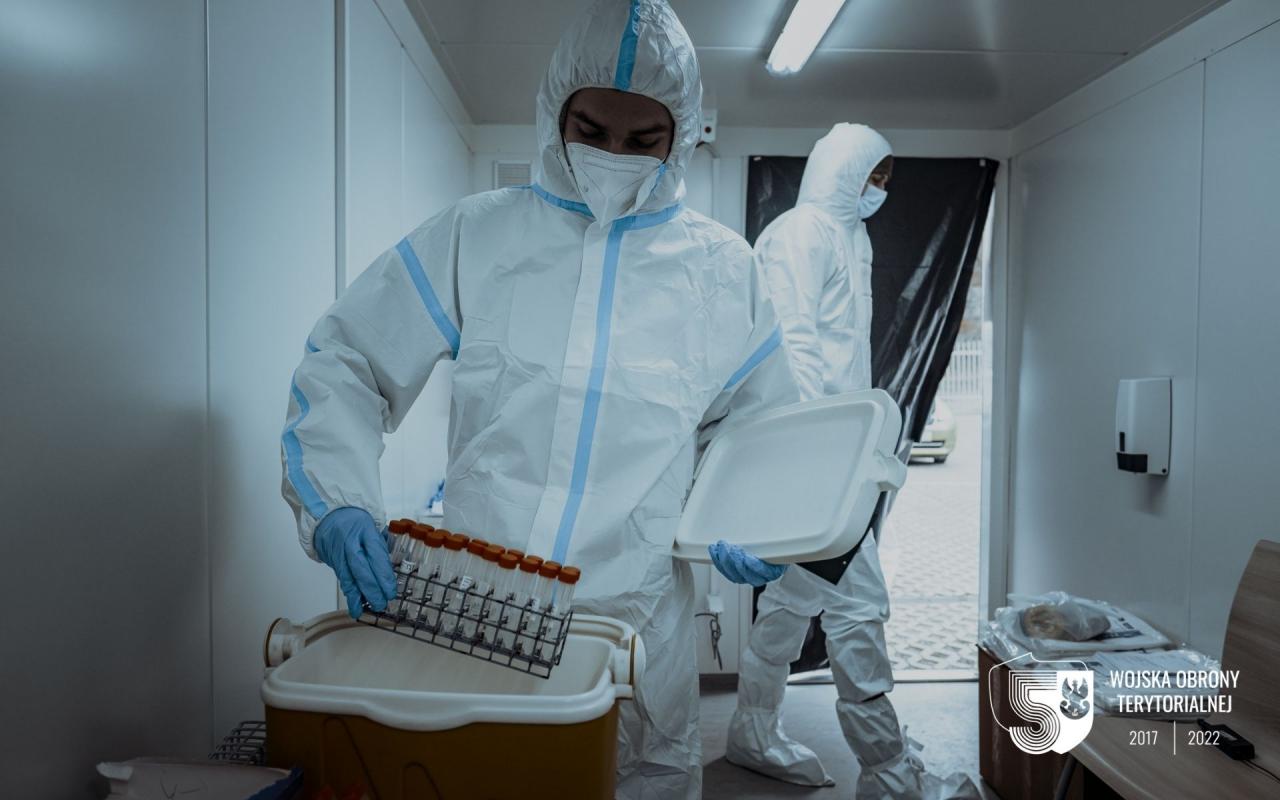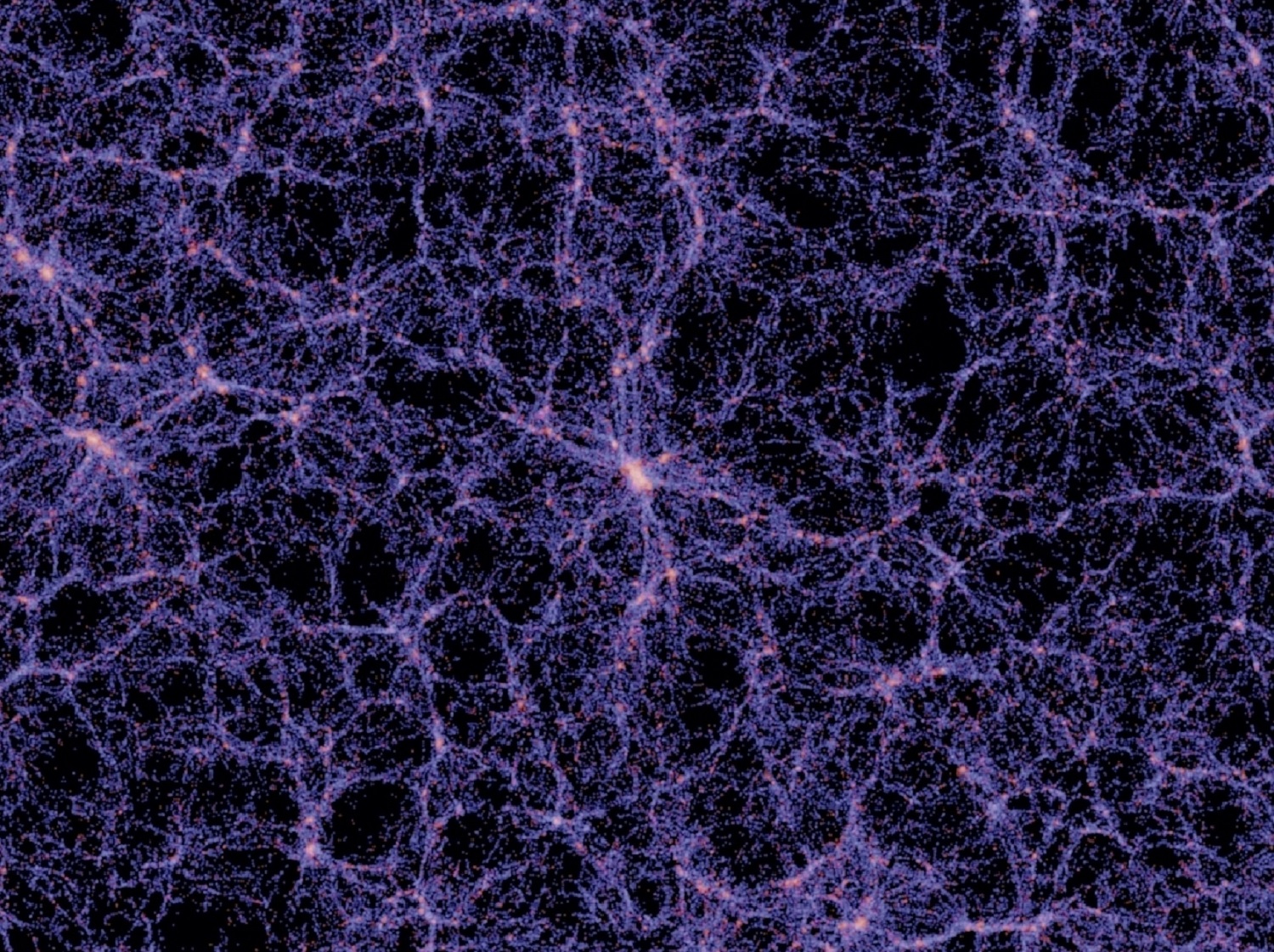Moons (natural satellites of planets) come in many forms. In the solar system we have rocky moons (such as Earth’s moon), ocean moons (such as Europa and Enceladus), and frozen icy moons (Triton), but there seem to be no gas moons anywhere. Are there physical reasons for it not being there?
Let’s start with something very exciting, which is the existence of gas-powered satellites. However, they are not present in the solar system. To date, more than 5,500 exoplanets have been discovered orbiting stars other than the Sun, as well as two possible exomoons. It should be noted that both are not 100% confirmed yet, and perhaps what is most interesting about them is that they are gas giants orbiting larger gas giants. Let’s not be fooled, this is just the exception that proves the rule.
To understand why there are no gaseous moons (at least in our solar system), we must first explain how gaseous planets form. There are two scenarios for its formation. One is referred to as bottom to top and the other is referred to as top to bottom.
Core accretion is how gas giant planets in our system likely formed. If we could go back 4.5 billion years, we would see a young sun surrounded by a thick disk of gas and dust. This is the protoplanetary disk from which all the planets emerged over time. They initially formed as rocky bodies, and increased as larger amounts of dust, gravel, and asteroids accumulated. Some grew to the size of Mars or Venus, but others continued to grow, forming giant rocky bodies up to 10 times the mass of Earth. Once they became very massive, they had enough gravity to start sucking or ripping large amounts of gas from the protoplanetary disk. The amount of gas they extract from it and the size of their growth depends on their gravity and the amount of gas available in the disk.
Ultimately, there are four gas giants remaining in our solar system: Jupiter, Saturn, and the cooler ice giants, Uranus and Neptune. The Juno mission to Jupiter helped NASA find some evidence to support the core accretion model by detecting the gravitational field of a large but diffuse rocky core — about ten times the mass of Earth — in Jupiter’s gaseous core.
The planets of the solar system formed in the protoplanetary disk through a bottom-up process of core accretion. (NASA/VIEWS/Lynette Cook)
In the top-down model, gas worlds in turn arise directly from the collapse of gas volume in a gaseous nebula, just like stars. However, there is a minimum mass that can collapse in such a process. When a large cloud of this gas contracts under its own gravity, it heats up because the gas collects into a smaller and smaller volume, becoming a denser and denser medium. However, when gas is warm, it tends to expand, so in order to continue contracting, this mass of gas must radiate excess heat. As a result, we often see collapsing gas clouds glowing in thermal infrared radiation.
However, there is a limiting factor here, called the segmentation opacity limit. Whether enough heat is radiated for the gas to cool and continue to collapse depends on the dust’s opacity, temperature, and density. The process becomes much less efficient for smaller objects, so much so that they, with a mass about 3 times Jupiter’s mass, can no longer radiate enough heat to continue collapsing. The smaller the volume, the more concentrated and opaque the dust becomes, and the process of radiating excess heat through gravitational contraction becomes increasingly inefficient. Ultimately, nothing three times less massive than Jupiter could be created in a top-down process, including planets and moons.
Like their planets, most of the moons in our solar system probably formed through a bottom-up process of core accretion in disks of leftover material surrounding their host planets. Because the planets had already used up most of the available material, there wasn’t enough to form a moon massive enough to have enough gravity to hold much gas. It is worth noting here that only one moon in the solar system has an atmosphere. This is the largest moon of Saturn – Titan.
Likewise, the top-down process couldn’t happen at all for moons, because there wasn’t enough gas in our system after the planets formed. Even if it were possible, with at least 3 masses of Jupiter (the previously mentioned mass limit), the resulting satellite would be the largest world in the solar system.
In short, it is impossible to create gas satellites using two processes to form the more conventional and observable gas world. However, there are many singularities in the solar system that formed in a different way.
Earth’s moon likely formed from material ejected from Earth itself after its collision with a Mars-sized protoplanet. After the collision, the fragments formed a ring that, long after, built up Earth’s moon through core accretion. But could a collision between an object and a gas giant release enough gas to form its gas moon? i don’t think so. Suffice it to mention the collision of comet Shoemaker-Levy 9 with Jupiter in 1994. Then the comet simply disappeared. Whatever collides with a gas giant is absorbed and becomes part of it, without throwing its remains in the form of a ring or disk into the giant’s orbit.
Another interesting phenomenon is captured moons. Two of Mars’ moons, Phobos and Deimos, were captured by asteroids. Saturn’s outer moon, Phoebe, is a captured cometary object, and Neptune’s moon Triton is a captured Kuiper Belt object. They formed not around their planet, but alone in space, then wandered too close and were caught by the planet’s gravity. So the question becomes: Can a smaller gas planet be captured by a larger gas planet? After all, gaseous worlds can have a mass equivalent to twelve times that of Jupiter, so in principle they could easily detect a gaseous world with the mass of Neptune.
This is very likely. The two exoplanet candidates mentioned at the beginning of the article – Kepler 1625b-ii and Kepler 1708b-i – are gas giants that look like planets, but… they behave like satellites of larger gas giants. However, it should be emphasized that both objects are still only exo-satellite candidates, and further research is required.
Assuming we’re dealing with true extrasolar moons, Kepler 1625b-i has a mass of 19 times Earth’s mass (about 6% of Jupiter’s mass, making it a Neptune-like body) and accompanies a gas planet 30 times its mass. of Earth and its diameter is half the size of Jupiter. Kepler 1708b-i is likely less massive: it is about five times the diameter of Earth (about half the diameter of Kepler-1625b-i), and orbits a giant planet 4.6 times larger than Jupiter. The existence of such satellites for other planets is a mystery to astronomers because it challenges many theories. In particular, it is not easy to think about how they formed, so it is conservatively assumed that they must have been captured by planets, just like the rocky moons of Mars. This would essentially make them like all the captured moons in our solar system: they would form like planets from the process of accretion of nucleus in the disk, and then be captured by the process of migrating toward their parent star.
Planetary migration is a very common process in young planetary systems. This is how astronomers explain, for example, the existence of hot Jupiter-type planets, that is, gas giants that orbit close to their stars, but could not have originally formed near them. In the case of the exomoons Kepler 1625b-ii 1708b-i, as they migrated, they would be caught and intercepted by larger planets that were already closer to the star on their way toward it.
The authors of the article stress that in such a scenario, these moons may not be “real” after all. These are examples of binary planets, not exomoons. A double planet is a condition in which the two planets orbit around a common center of mass. We also have such a double planet in the solar system, in the form of Pluto and its larger companion, Charon. So there are gas moons, but nature has to cheat a little to create them.
Read more:
Source: Space.com/ Keith Cooper
Prepared by: Elizabieta Kolegoska
Pictured: An artistic representation of the exomoon filter Kepler-1625b-i, the planet it orbits and the star at the center of the system. (NASA, ESA, and STScI)

Echo Richards embodies a personality that is a delightful contradiction: a humble musicaholic who never brags about her expansive knowledge of both classic and contemporary tunes. Infuriatingly modest, one would never know from a mere conversation how deeply entrenched she is in the world of music. This passion seamlessly translates into her problem-solving skills, with Echo often drawing inspiration from melodies and rhythms. A voracious reader, she dives deep into literature, using stories to influence her own hardcore writing. Her spirited advocacy for alcohol isn’t about mere indulgence, but about celebrating life’s poignant moments.








